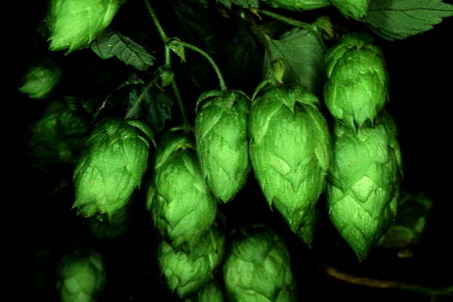Problems Encountered:
Throughout this analysis, several problems were encountered. Firstly, I began my analysis without appropriate knowledge of how to aquire census data. What this meant was that at first, much of my project was simply based around the location of a new pub based entirely off of geographic locations, in terms of distance from roads, skytrain stations, etc. This forced me to go back and rethink the entire project and rebuild it around census data. Secondly, there was a lack of academic literature to base my analysis off of, so most of the factors had to come from my own experience, as well as having discussions with several friends on the topic. This could have also influenced my analysis negatively, which I will touch upon in my errors section. Furthermore, two problems that bothered me throughout my analysis were the resoloution of the images I had to work with, and the classification of landuses in Burnaby. Discretization is without a doubt an important aspect for doing spatial analysis, but being a resident of Burnaby, there were some boundaries that could be disputable. Again, I will deal with this in the next section.
Errors in my Analysis:
The most obvious error in my analysis was my own. Human error is a constant problem faced when doing any analysis, but using my own decisions could have negatively altered my analysis. My decision of which types of landuses to factor in my analysis, the weighting system I decided on, and the way I set up my fuzzy images all had an effect on my final analysis. As mentioned before, the discretization of landuses was needed for the simplification of analyzing, but real world landuses are more complex. If it was based off zoning areas, it would have provided for a much better analysis.
Beyond that, there are some other errors that need to be adressed. The errors that might exist in the census data could have thrown off my analysis. Errors in collection of the data, as well as the projecting using only a 20% sample, are potential errors in my analysis. Furthermore, my data manipulation might have been flawed, and in some cases might have been wrong. Although it was simple math, dividing by zeros, or, as I mentioned problems with data collection, could have propogated into my final analysis. Additionally, during my data collection, I noticed the dates of data going back as far as 2001. For landuses and bus stop data, these were not updated since 2001. The bus stops specifically were from before the new Millenium Line Skytrain was put in. This wouldn't have too large an effect on my analysis, as bus stops weren't weighted heavily, but it still has an effect as bus routes and bus stops change every now and then. Also, the landuse data hasn't been updated since 2001, and as a result, it has become severly outdated especially in light of new developments that have happened due to Olympic construction. Lastly, geocoding could have introduced more errors due to positional inaccuracies and the varying definitions of a pub. For example, while most people would not consider the Burnaby Lake Clubhouse a pub, having been a rugby player there, I know the pub is the cultural nexus for the rugby community down there. This might have contributed to a flawed analysis. Using google maps in conjunction with looking pubs up online, I might have included too many pubs. Likewise, pubs that couldn't afford to have an online presence were thus left out of my analysis. Further inquiry into the presence of pubs in Burnaby might have lowered this aspect of error.
On that note, let's go grab a cold one.





